
Quick question. When you stand up, walk or lift something, are your glutes, which is your butt muscles, actually doing their job? Or are they just hitching a ride?
I know it sounds funny, but knowing how to activate lazy glutes is a real thing. And if yours are underperforming, it could be messing with your back, your hips and your knees.
And that ultimately affects your posture and dictates how well you move. So today, we're going to figure out if your glutes are really on or if they've checked out. Let's go ahead and wake them up grandma strong style.
Watch: How to Activate Lazy Glutes - Even if They Are Dead
Why Lazy Glutes Matter
So our glutes, which are our butt muscles, are meant to stabilise our pelvis and help us to:
- Sit down and stand up
- Walk upstairs
- And generally help us to move well in everyday activities
When they're "off," other areas compensate, and that leads to discomfort and dysfunction. So understanding how to activate lazy glutes, can be a key to unlocking your mobility.
Glute Anatomy and Function
The glute muscles are made up of three different parts:
Gluteus Maximus
The part that sticks out the most. It's a major workhorse and is used every time we:
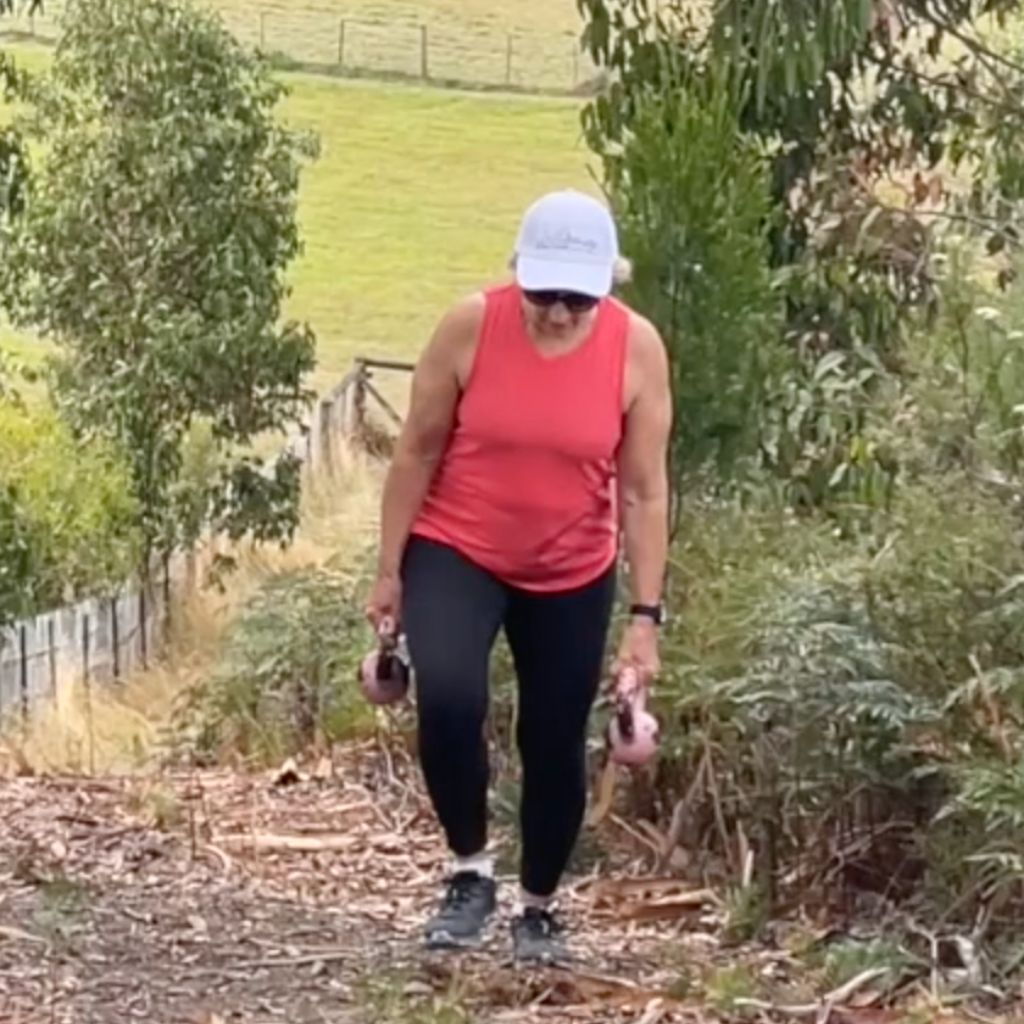
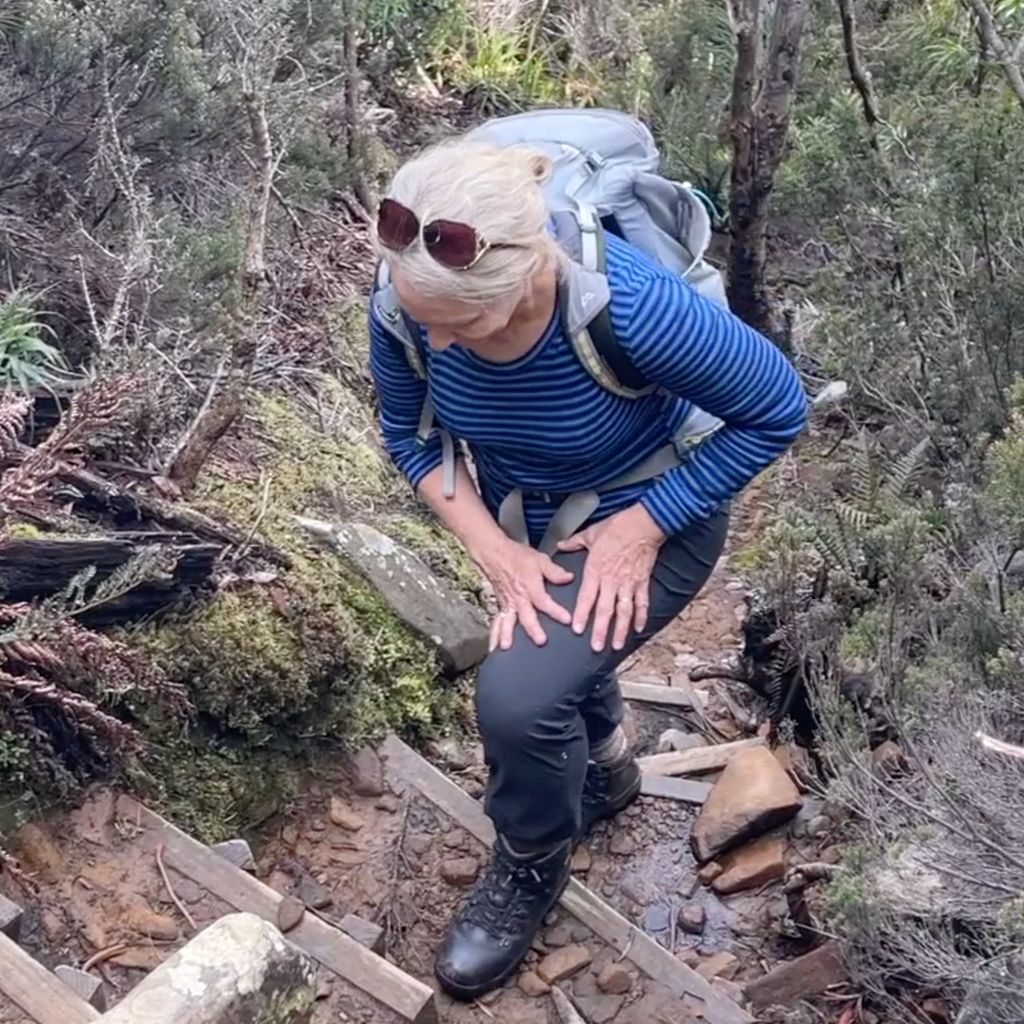
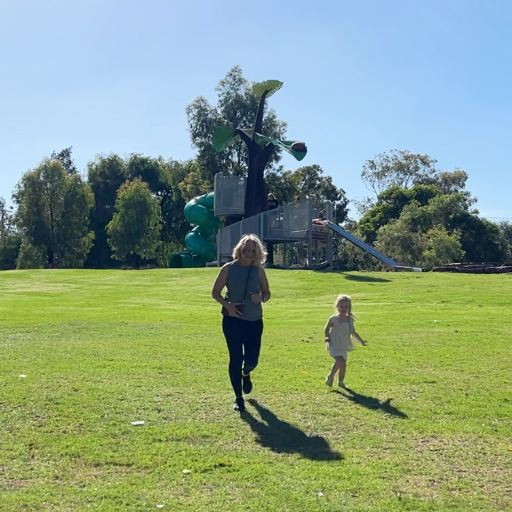
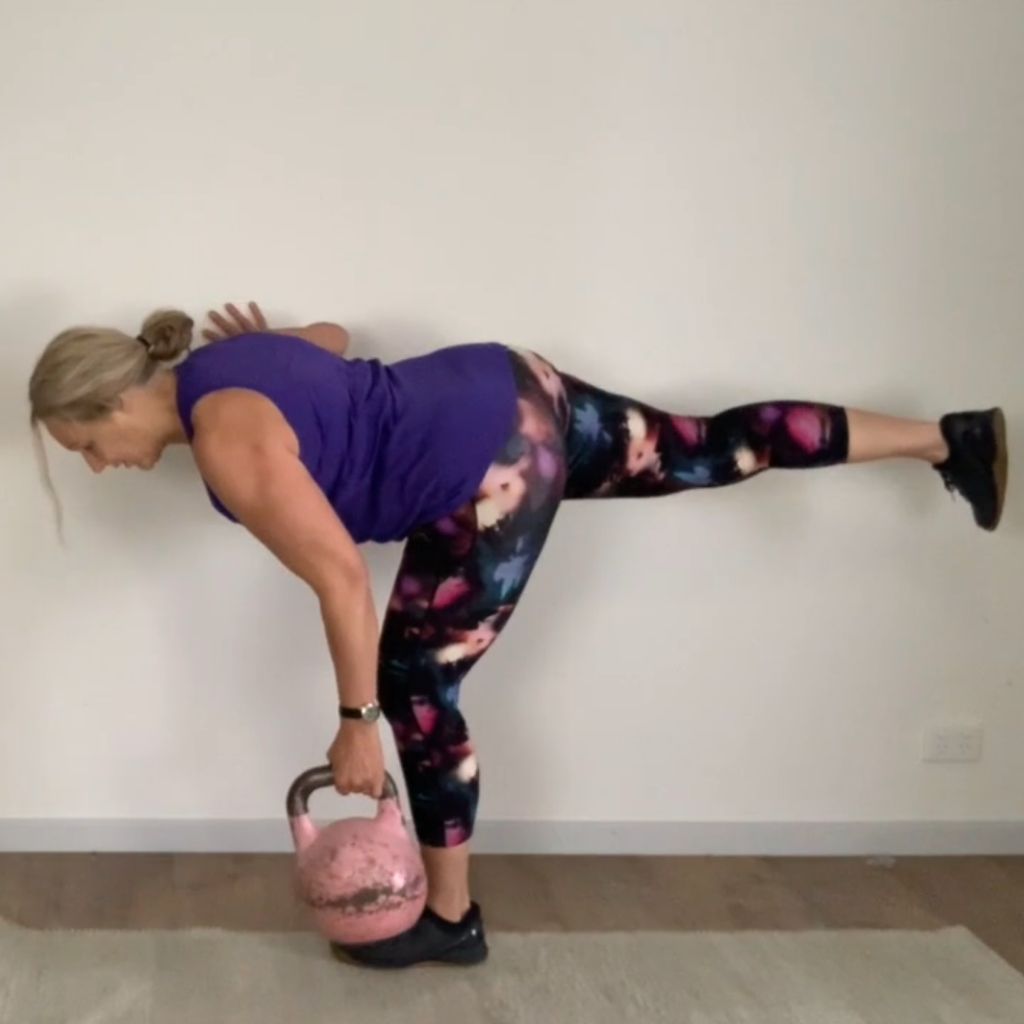
- Walk forward.
- Take a step up or climb.
- Run (as it helps to keep us stable by keeping the pelvis from rotating too much and keeping our hips in the right position).
- And works extra hard when we stand on one leg, such as taking a high step-up, or bending on one to get something from the ground.
Gluteus Minimus & Gluteus medius
Located to the side, around the hip area, and work together when we:
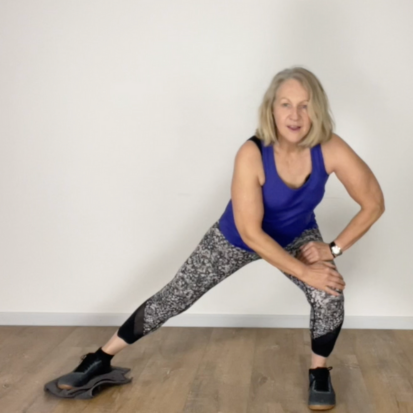
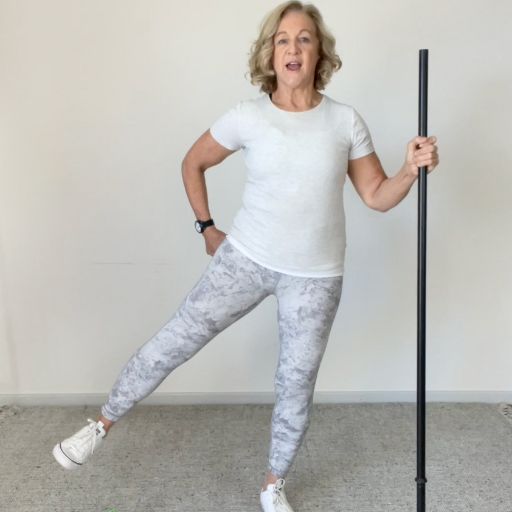
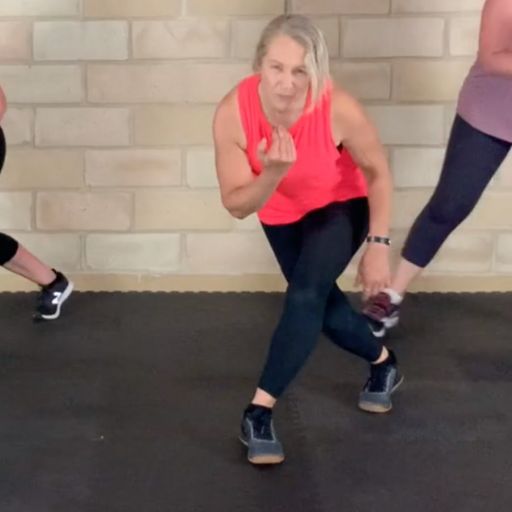

- Are stepping to the side
- Do a side leg lift (you may feel that more in your hips, because they attach into your hips).
- They also work to turn the leg inwards.
- Keeps your pelvis level (stabilise) when simply walking or climbing stairs.
Signs of Lazy Glutes
Now, what are some of the signs that you have lazy glutes?
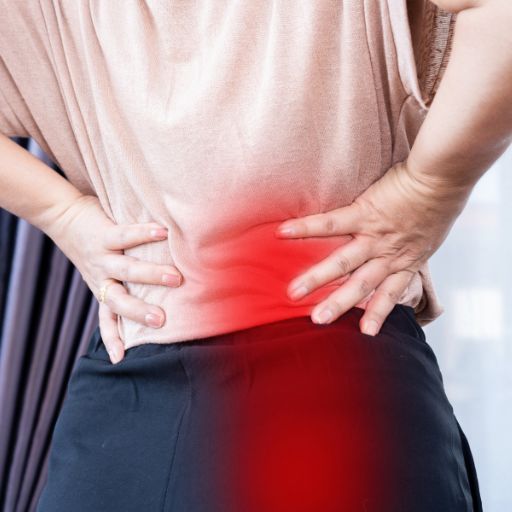

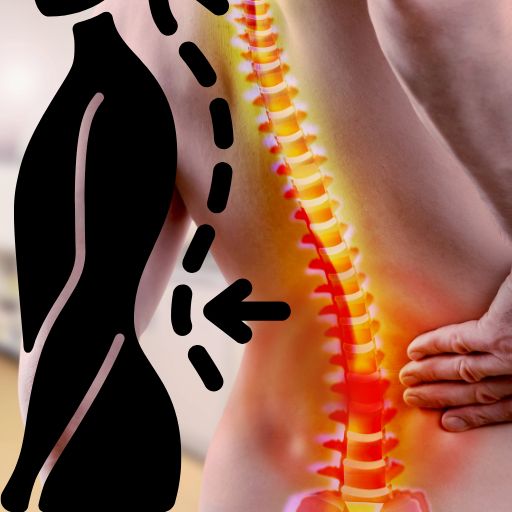
- 1You may have low back pain or tightness from the back working extra hard because these are switched off.
- 2You may have knee pain due to less stability at the hips
- 3There may be excess curvature of the lumbar region, which is this region that pulls your hips backwards because we have tight hip flexor. And the result of that excess curvature, can also result in back pain.
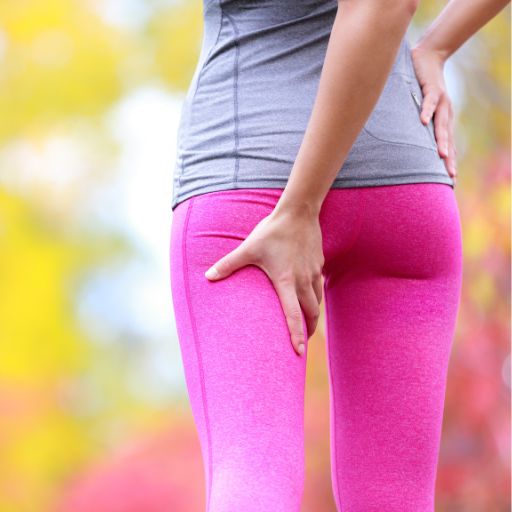

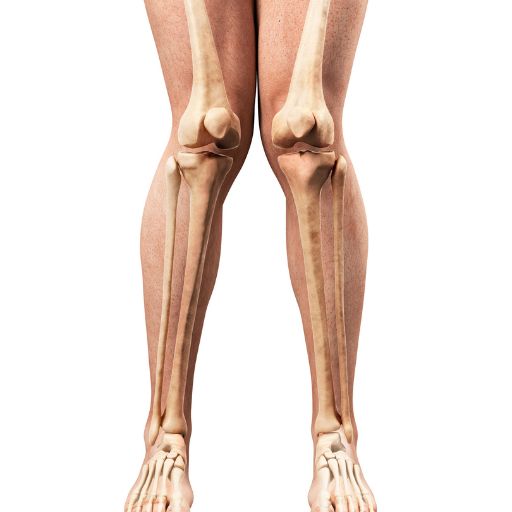
- 4There also may be tightness in your thighs or hamstrings when doing lunges or squats. Clients have told me on more than one occasion that when they are tight here because their glutes aren't working, it feels like they've got a rubber band down their thighs. And it feels like it's going to snap at any moment because it's so tight.
- 5And when you're standing on one leg, you may find you're wobbly and unstable, and you may find it hard to use steps.
- 6Knees collapsing inward (valgus) during squats or when landing from a step. If your knees tend to cave toward each other instead of tracking over your toes, that’s often because your Gluteus Medius isn’t stabilising your hip another red flag your side glutes are under‐firing.
A Personal story
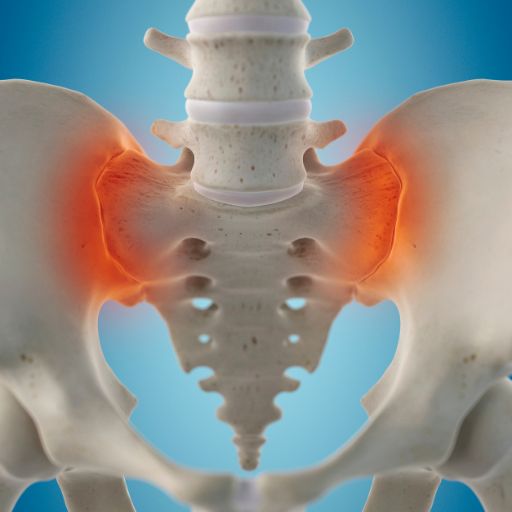
Now, years ago, my sacroiliac joint, which joins my hip to my spine, got injured when I simply reached over and behind to turn on a computer in the morning and then I couldn't get up. So I found that it had moved a little bit and that can move a little bit more as we get older.
And so I've had to spend the last few years really looking at this hip and what I can do actually un-tighten my glutes, because my glutes at the time decided to switch off. So I was activating in my back and in my hamstrings, but not my glutes. So only on that one side for me, and I've had to work really hard and it still remains when I'm on one leg, it remains my more unstable side.
How To Assess Your Glutes at Home
Now we're going to spend a few minutes on how you can assess yourself at home. So we're going to have a look at Patricia's glutes today, and we're going to have a look at:
- Whether they activate at all.
- Whether each one feels kind of the same to her.
- Then she's going to roll onto her front so we can have a feel of her glutes, hamstrings, and lower back, to see whether her glutes are doing the work or like many of my clients, probably 60 to 70% that I've found of my over 50 year olds whose glutes are lazy.
1. Glute Squeeze Test
So let's have a look at Patricia as she squeezes her butt cheeks.
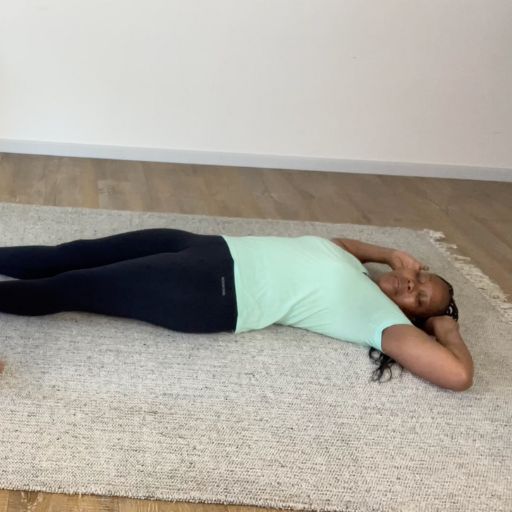
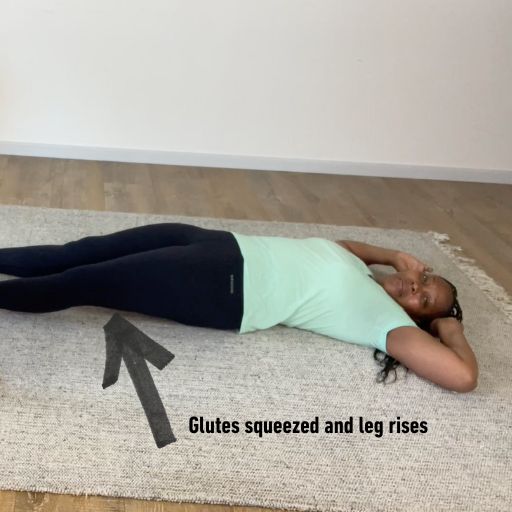
- So imagine you've got a big amount of wind inside you and it's trying to come out and you're trying to squeeze your butt cheeks together. So I want you to squeeze both butt cheeks together.
- NOTICE:
- She's not trying to actually lift her hips up off the floor.
- All she's doing is squeezing her glutes.
- You can see as she squeezes them, she does a small lift.
- NOTE: You can also try doing that from a chair as well
- Why It Matters:
- When you feel that squeeze, it means that you know where your glutes are and how to engage (activate) them
- If you're in a chair and you do that butt squeeze, it's a great way to help train a lazy glute back into normal activation.
2. Sequence Activation Test
So now I'm going to see if Patricia's glutes are actually activating in the right sequence as they should.
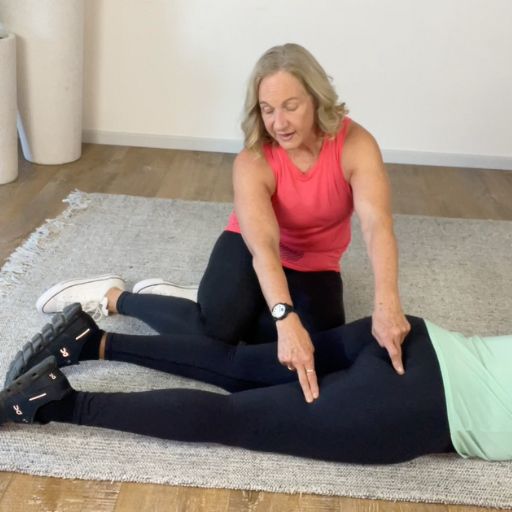
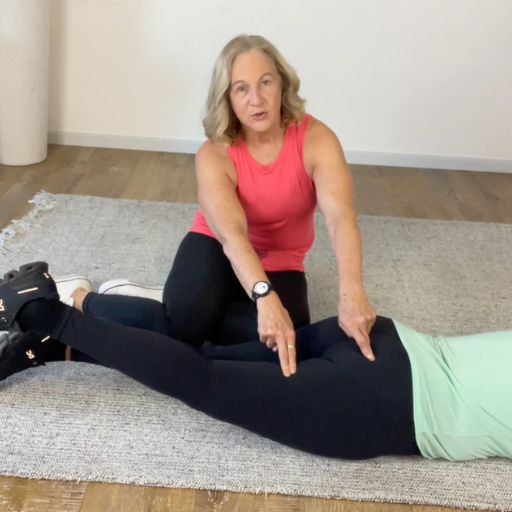
- So I'm going to put a finger here on her butt and a finger on her hamstring.
- Patricia's going to lift up that leg up straight and back down again.
- Rest and relax then REPEAT the test.
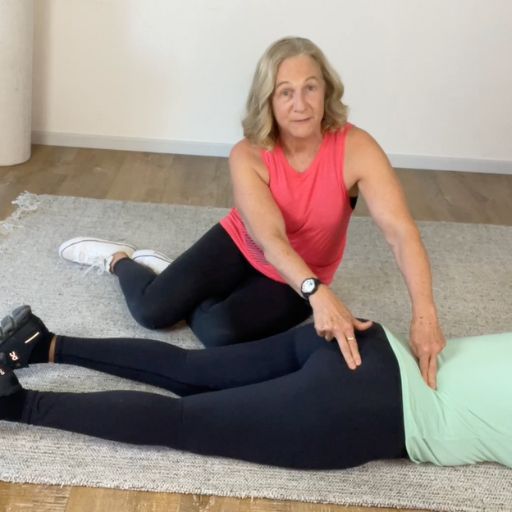
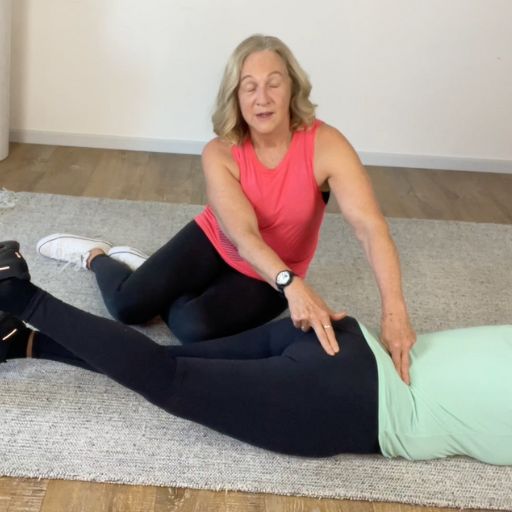
- Now I'm going to put a finger on her butt and a finger on her back.
- Patricia's going to lift up that leg up straight and back down again.
NOTE: We want to see if her back is taking over before her glute actually contracts. - Rest and relax then REPEAT the test.
Repeat BOTH tests on the other leg/glute.
3. What to look for:
- If your hamstrings or back fire before the glute, the sequence is off.
- Test both sides—sometimes one glute switches off while the other works perfectly.
NOTE: Sometimes you're going to have one glute for whatever reason, perhaps you've injured your S.I. joint, your sacroiliac joint, has had some damage, and it could be that that glute on one side switched off, but your other glutes actually functioning well.
This is what I had at one stage when I did a bit of a twist to turn on a computer in the morning, and I did some damage to my S.I. joint. It went out of place and I've had to deal with that ever since.
Patricia's Results
So, my feedback for Patricia was:
- Both glutes contract, but the hamstrings and lower back often engage first.
- She has what's called, "lazy glutes," is not that they’re weak, but that they fire in the wrong order.
- Her key takeaway: Her butt is not weak, but it certainly is not activating in the right sequence. So there's work to be done on that.
Next Steps
Retraining your glutes starts with these self-assessments. Once you know where they are and how they fire, you can use targeted activation drills and exercises to wake them up properly. In the follow-up workout, we’ll guide you through those exact moves so your glutes are ready to support every step, squat, and lift confidently.
Related Posts On: How To Activate Lazy Glutes At Home
Retraining your glutes starts with these self-assessments. Once you know where they are and how they fire, you can use targeted activation drills and exercises to wake them up properly. In the follow-up workout, we’ll guide you through those exact moves so your glutes are ready to support every step, squat, and lift confidently.


